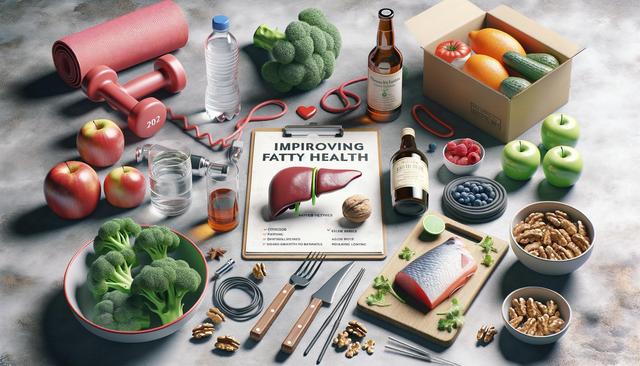Understanding the Root Causes of Adult Acne
Adult acne can be frustrating and often differs from the breakouts experienced during adolescence. While hormonal fluctuations remain a major contributor, other factors such as stress, diet, skincare habits, and even environmental conditions can play significant roles. Unlike teenage acne, which typically appears on the forehead and nose, adult acne often surfaces around the jawline, cheeks, and chin.
Common triggers for adult acne include:
- Hormonal imbalances, particularly around menstrual cycles or menopause
- High stress levels that increase cortisol, leading to more oil production
- Using comedogenic skincare or cosmetic products
- Poor dietary choices, such as excessive sugar or dairy intake
- Inadequate cleansing, especially after sweating or wearing makeup
Recognizing the specific causes of your acne can help narrow down the most effective over-the-counter treatments. Keeping a skincare journal to track breakouts, products used, and lifestyle factors may offer valuable insights.
Key Ingredients in Over-the-Counter Acne Treatments
When selecting an over-the-counter (OTC) acne solution, it’s essential to understand the active ingredients and how they work. Some ingredients target bacteria, while others exfoliate or reduce inflammation. Among the most commonly used and effective options are benzoyl peroxide and salicylic acid.
- Benzoyl Peroxide: Kills acne-causing bacteria and helps dry out existing pimples
- Salicylic Acid: A beta-hydroxy acid that exfoliates dead skin cells and unclogs pores
- Alpha Hydroxy Acids (AHAs): Promote cell turnover and improve skin texture
- Retinoids: Help prevent clogged pores and reduce inflammation
- Sulfur: Absorbs excess oil and has antimicrobial properties
Each person’s skin responds differently, so it may take some experimentation to find what works best. Starting with lower concentrations and gradually increasing strength can help minimize irritation.
Creating a Targeted Skincare Routine
A consistent and well-structured skincare routine can significantly improve acne-prone skin. The goal is to cleanse, treat, and moisturize without over-stripping the skin or causing additional irritation. Here’s a basic framework to follow:
- Cleanser: Use a gentle, non-comedogenic cleanser twice daily
- Toner (optional): Choose one with soothing ingredients like witch hazel or niacinamide
- Treatment: Apply your chosen acne-fighting ingredient (e.g., salicylic acid or benzoyl peroxide)
- Moisturizer: Hydrate with a lightweight, oil-free moisturizer
- Sunscreen: Protect skin daily with SPF 30 or higher
In addition to these steps, avoid touching your face throughout the day and change pillowcases frequently to prevent the transfer of bacteria and oil.
When to Consider Additional Support
Over-the-counter products can be effective for many cases of mild to moderate adult acne. However, if breakouts persist despite consistent treatment, it may be time to seek professional support. Dermatologists can offer prescription-strength options and tailored advice based on skin type and acne severity.
Signs that professional support might be necessary include:
- Severe or cystic acne that causes pain or scarring
- Persistent breakouts that don’t improve after 8–12 weeks of OTC treatment
- Emotional distress or lowered self-confidence due to acne
- Reactions to OTC treatments, including excessive dryness or peeling
Professional treatments may involve oral medications, topical retinoids, or procedures like chemical peels and light therapy, which are not available over the counter but can offer additional support for stubborn cases.
Maintaining Clear Skin Over Time
Once acne is under control, maintaining results requires ongoing care and attention. It’s important to stick with a skincare routine even after breakouts subside to prevent future flare-ups. Regular exfoliation, hydration, and sun protection are vital to keeping skin healthy and balanced.
Tips for maintaining clearer skin include:
- Continue using acne-fighting ingredients a few times a week as maintenance
- Stay hydrated and eat a balanced diet rich in antioxidants
- Manage stress through exercise, meditation, or other healthy outlets
- Get enough sleep to support overall skin health
- Be patient, as skin renewal takes time and consistency
Remember, even clear skin can experience occasional blemishes. The key is to respond promptly and avoid aggressive treatments that may irritate the skin further.
Conclusion
Finding the right over the counter acne solution for adults involves understanding your skin’s unique needs, identifying effective ingredients, and committing to a consistent routine. While OTC products can offer significant improvements, additional support may be necessary for more persistent cases. With thoughtful care and realistic expectations, many adults can achieve and maintain clearer, healthier skin without needing a prescription.


